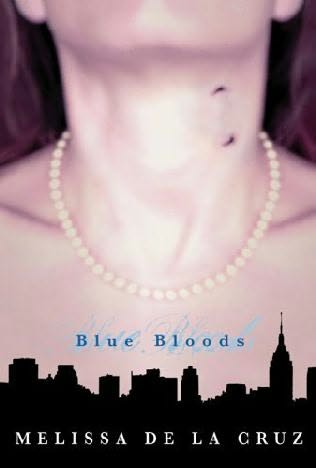Merry Wanderer of the Night [Search results for Texas]
The Architecture of the National Traditions
3D "Chainsaw" Sequel Get's The Official Green-Light!

Top 5 Recovering Real Estate Markets in the U.S.

Moon Microbe Mystery Finally Solved: NASA's dirty little secret?

Middle East: US returns scores of smuggled artifacts to Iraq

Review, Blog Tour & Giveway: The Sitting Swing by Irene Watson

Memory Monday — It's Gale!!
Review: Paradise by Jill Alexander
Memory Monday — Dear America
Review: The Lost Hours by Karen White

Blue Bloods

Review & Blog Tour: Everyone is Beautiful by Katherine Center


